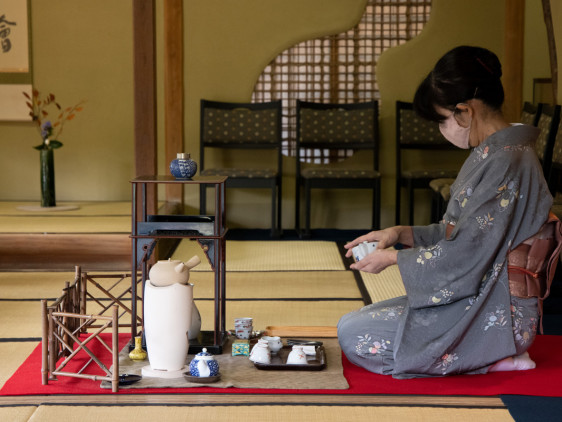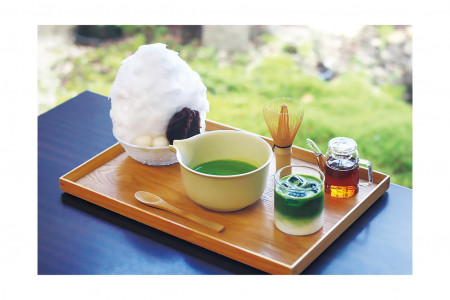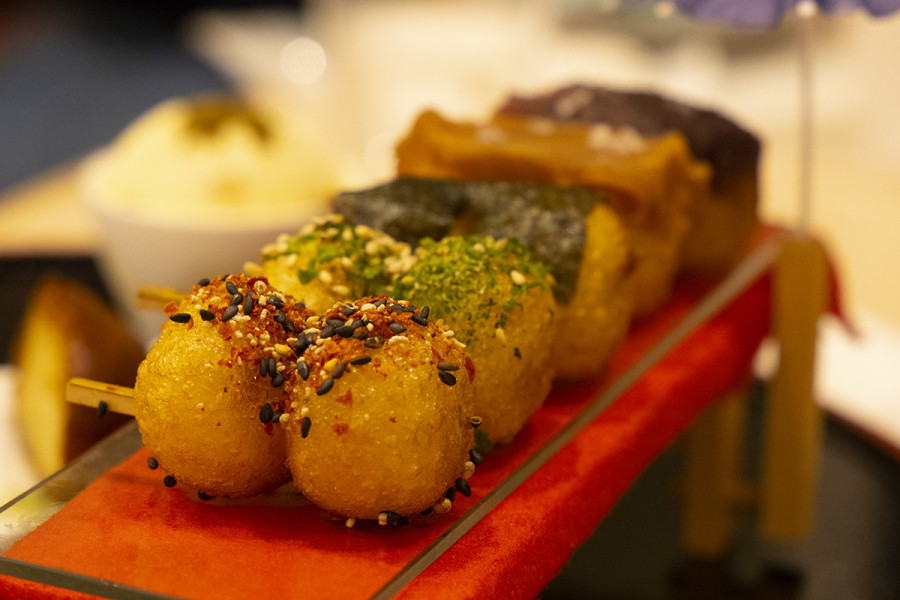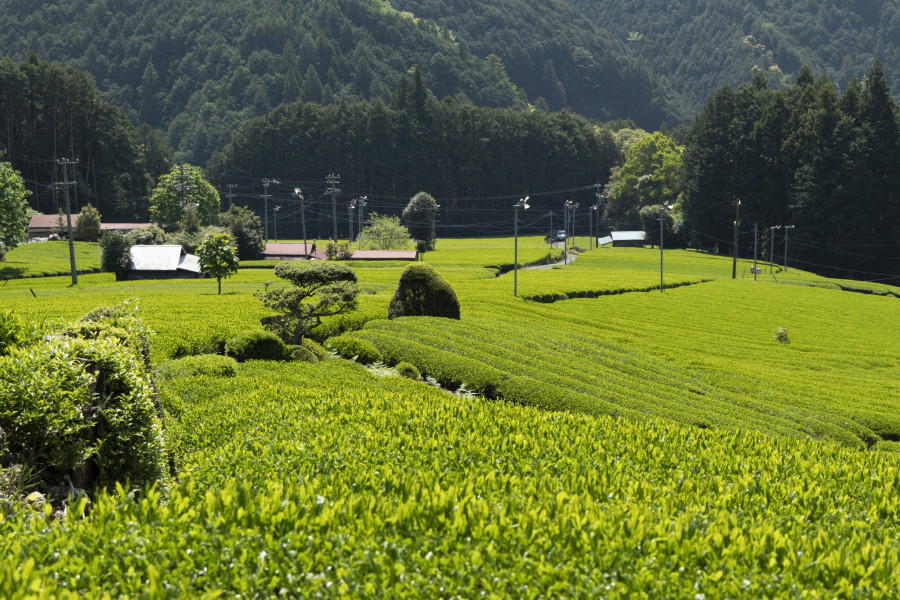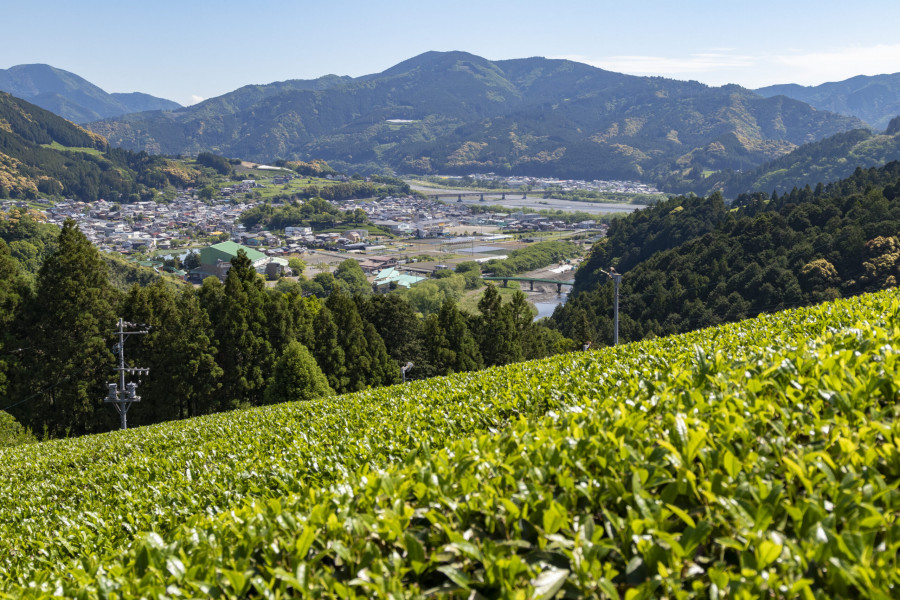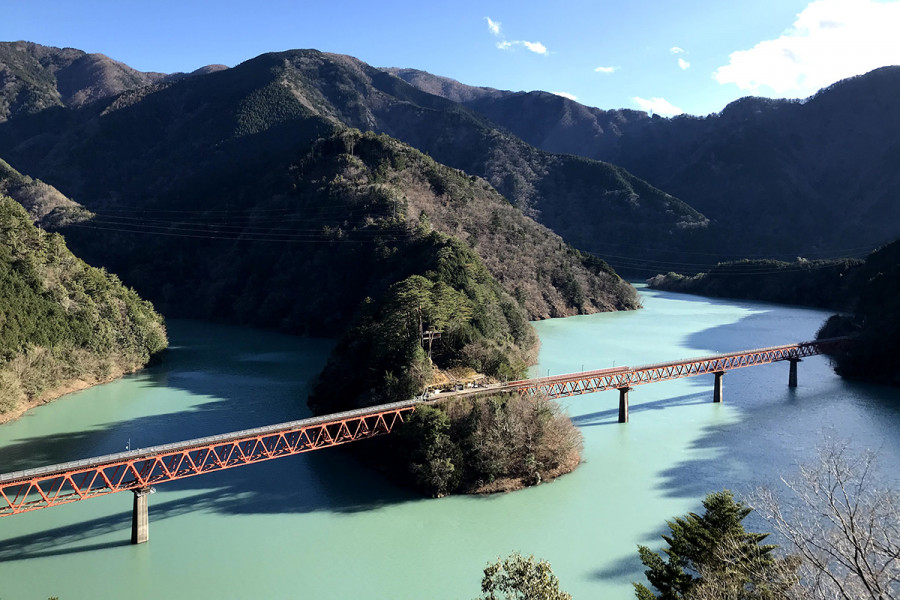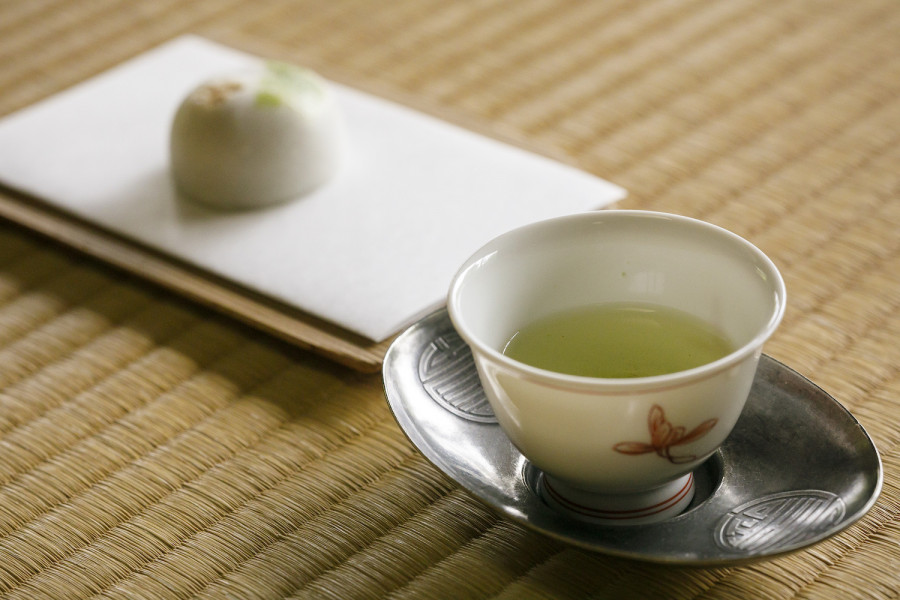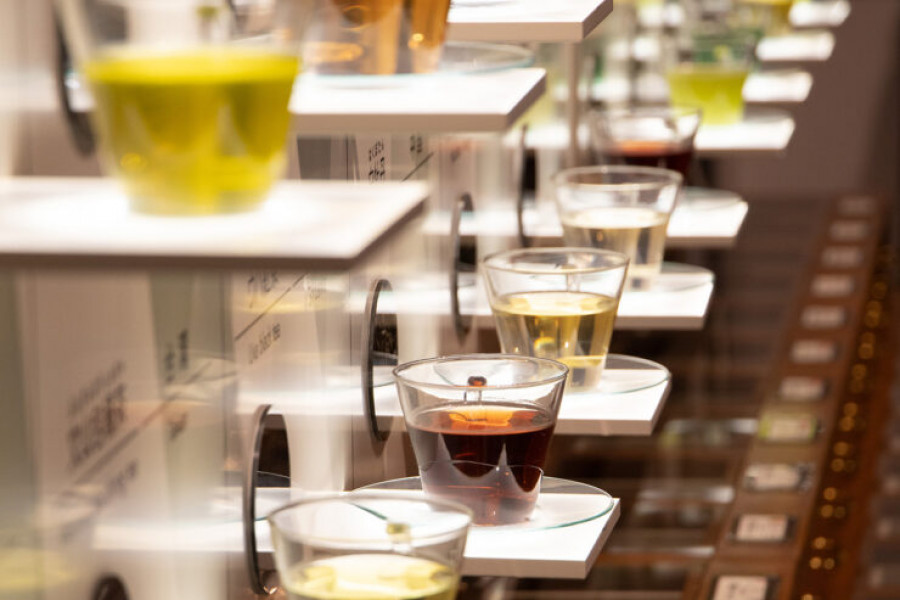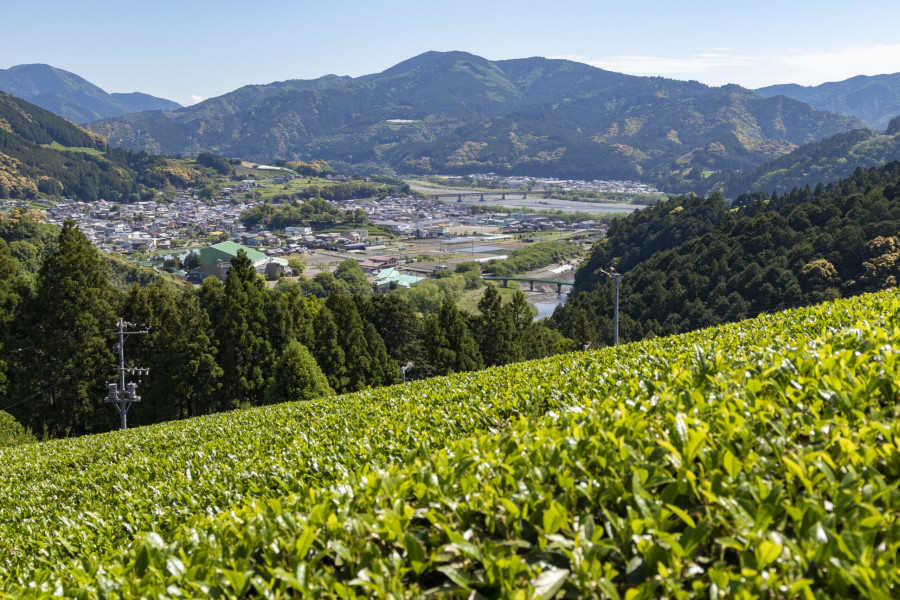Japan has countless traditions and cultural treasures. Perhaps one of the most well known is the traditional tea ceremony, called sado or chado in Japanese. This Zen Buddhism-influenced art form has a long history as well as a modern following. Many visitors to Japan find themselves wanting to participate in an authentic tea ceremony. Discover more about this ceremony that celebrates tea, meditation, and hospitality so that you’re ready for your next official chaji (tea event).
History
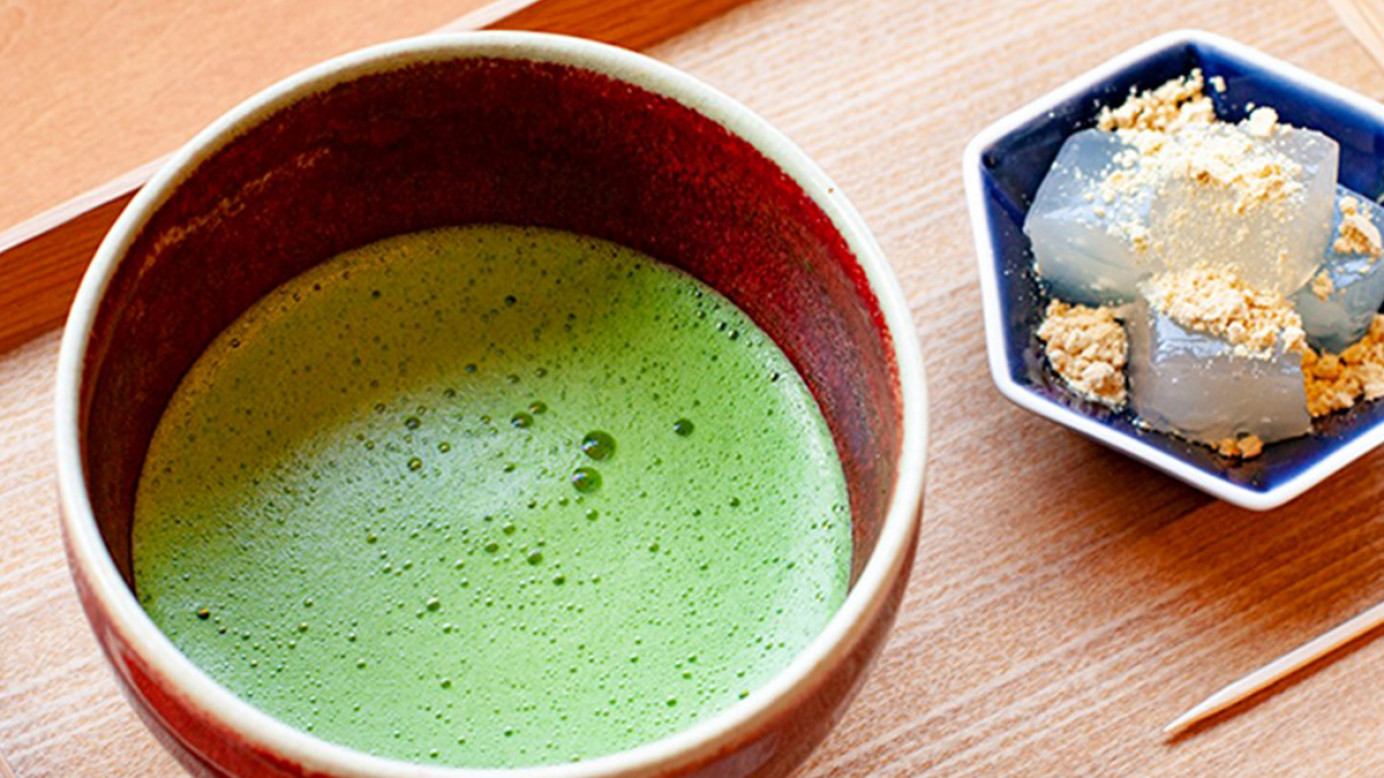
Among the three classical arts of Japanese refinement—accompanied by kodo (incense appreciation) and kado (flower arranging)—chado dates all the way back to the 9th century. A Buddhist monk named Eichu brought tea back to Japan on his return from China. After serving tea to Emperor Saga, tea culture flourished in Japan.
Among the three classical arts of Japanese refinement—accompanied by kodo (incense appreciation) and kado (flower arranging)—chado dates all the way back to the 9th century. A Buddhist monk named Eichu brought tea back to Japan on his return from China. After serving tea to Emperor Saga, tea culture flourished in Japan.
It wasn’t until the 16th century, under the principles laid down by Sen no Rikyū. He followed the teachings of ichi-go ichi-e (each meeting should be treasured) and put forth that the tea ceremony should represent harmony, respect, purity, and tranquility. Many schools of Japanese tea ceremony evolved from the philosophies put forth by Rikyū.
Process
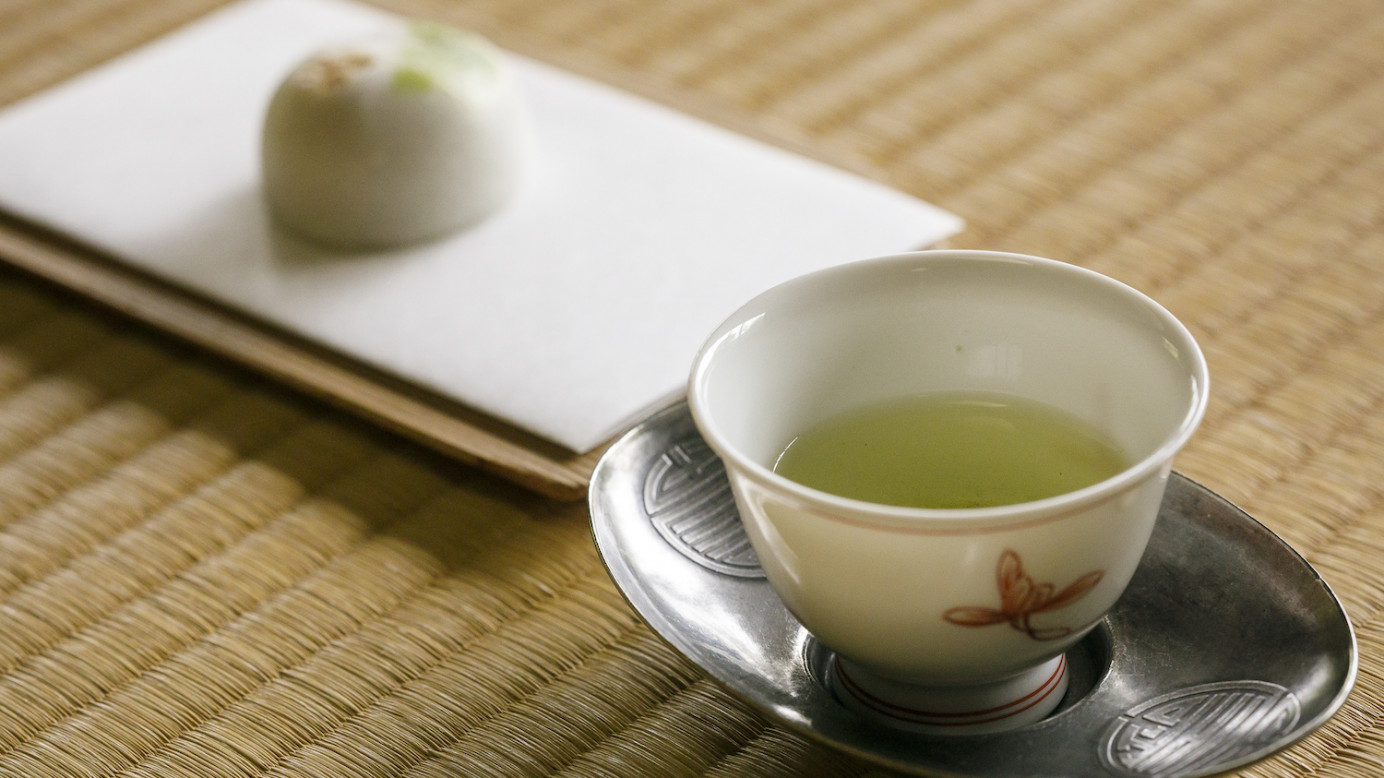
It’s difficult to pinpoint one overall procedure that is true for all tea ceremonies as many schools differ, and the ceremony changes season, time of day, venue, and many other factors.
As for equipment, there are some obvious chadogu (tea utensils). Tea cloth, bowl, caddy, scoop, and whisk are some of the tools you’ll see at every tea ceremony and each serves a specific purpose and has its own place during the ceremony.
Common occurrences at a tea ceremony may include donning fresh tabi socks, a silent bow between guests and host, ritual cleansing of hands and mouth, and then quietly observing items in the tea room—all of this before the host even enters the room.
It is also a practice that the guest of honor will request the host let guests examine some of the utensils. This is done to show admiration and respect for the host and the art that they perform.
If all of this seems daunting, don’t worry. Tea ceremonies can be arranged for beginners to enjoy as well.
Where to find
If you want to experience an authentic tea ceremony on your next trip to Suruga, why not stay at a local tea farm and hear their recommendation? In addition to tea farming and production, many farmers also specialize in tea ceremony experience. Like this casual tea ceremony at Kanebun Tea Farm.
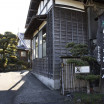
KANEBUN Tea Farm
If you’d like to explore more about tea culture and history, pay Shizuoka’s Tea Museum a visit. Opened in 2014, this museum promotes the tea culture of the prefecture and is even located on the Makinohara Plateau, famous for its Makinohara-cha.
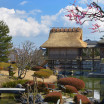
Tea Museum, Shizuoka
Finally, if you’re in Suruga for tea and sitting for an extended period during a tea ceremony isn’t quite your cup—why not come in autumn for the World Green Tea Festival? Located just outside of Shizuoka Station, this market is a great way to enjoy a lot of tea brands in a lively festival atmosphere.
